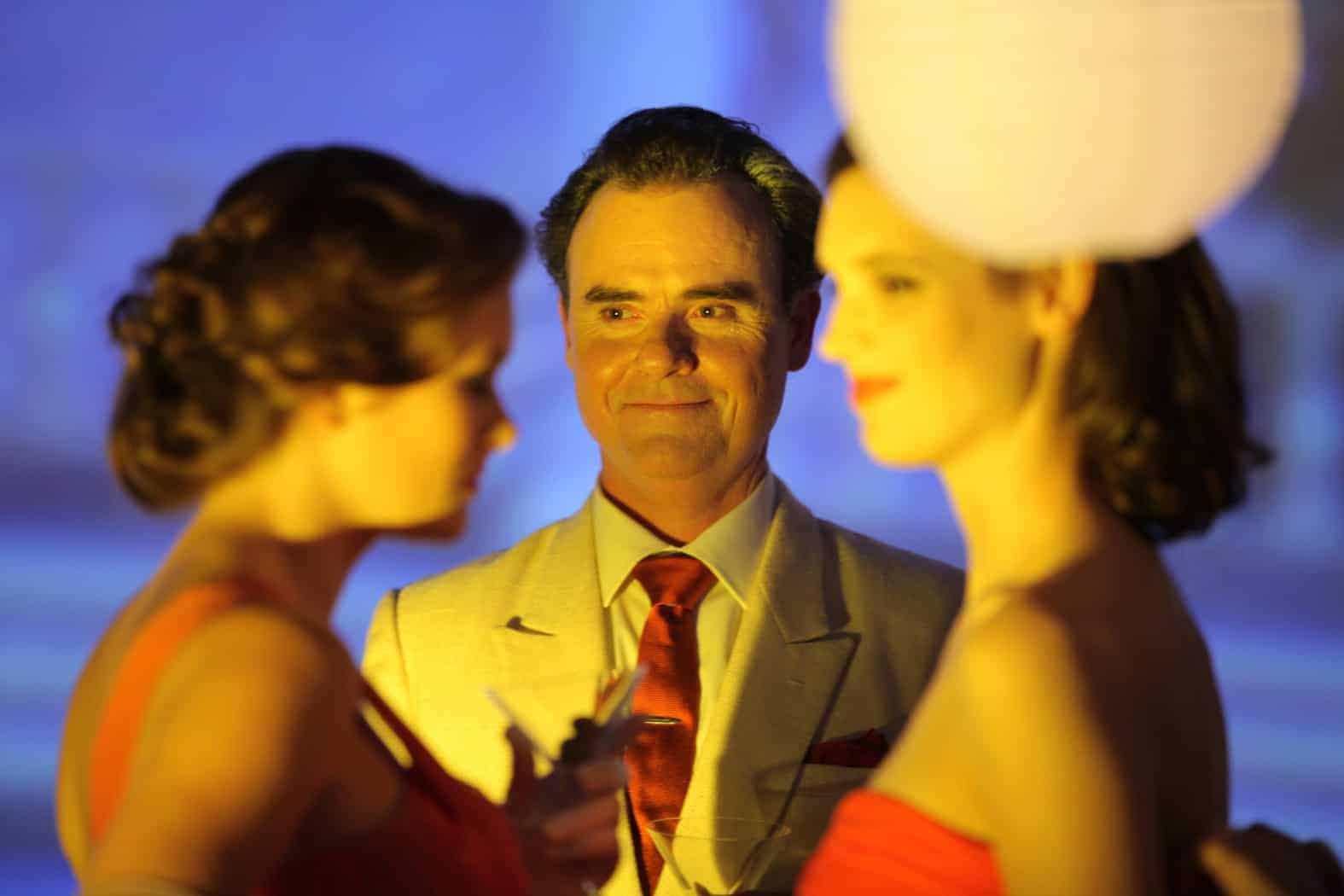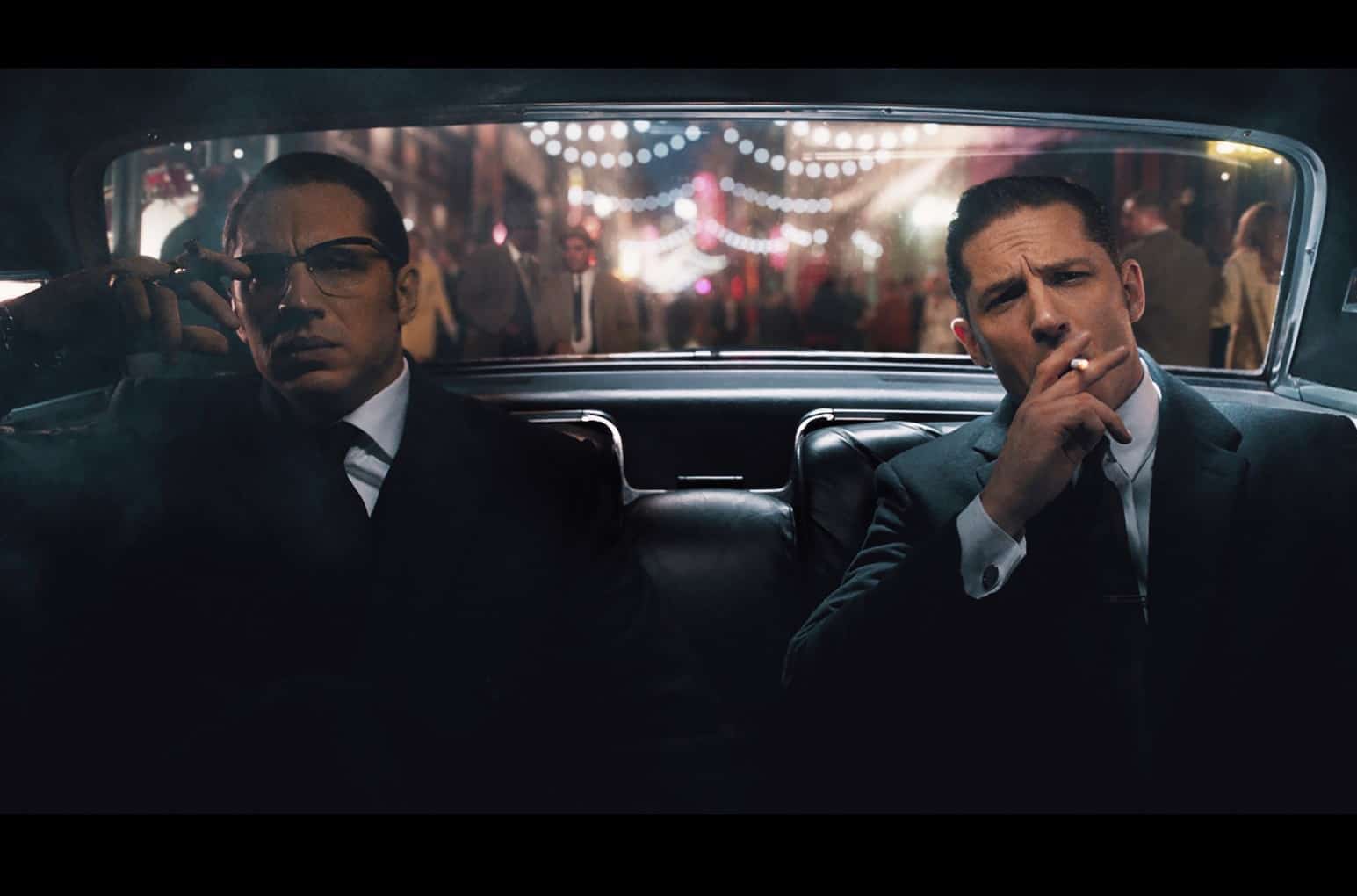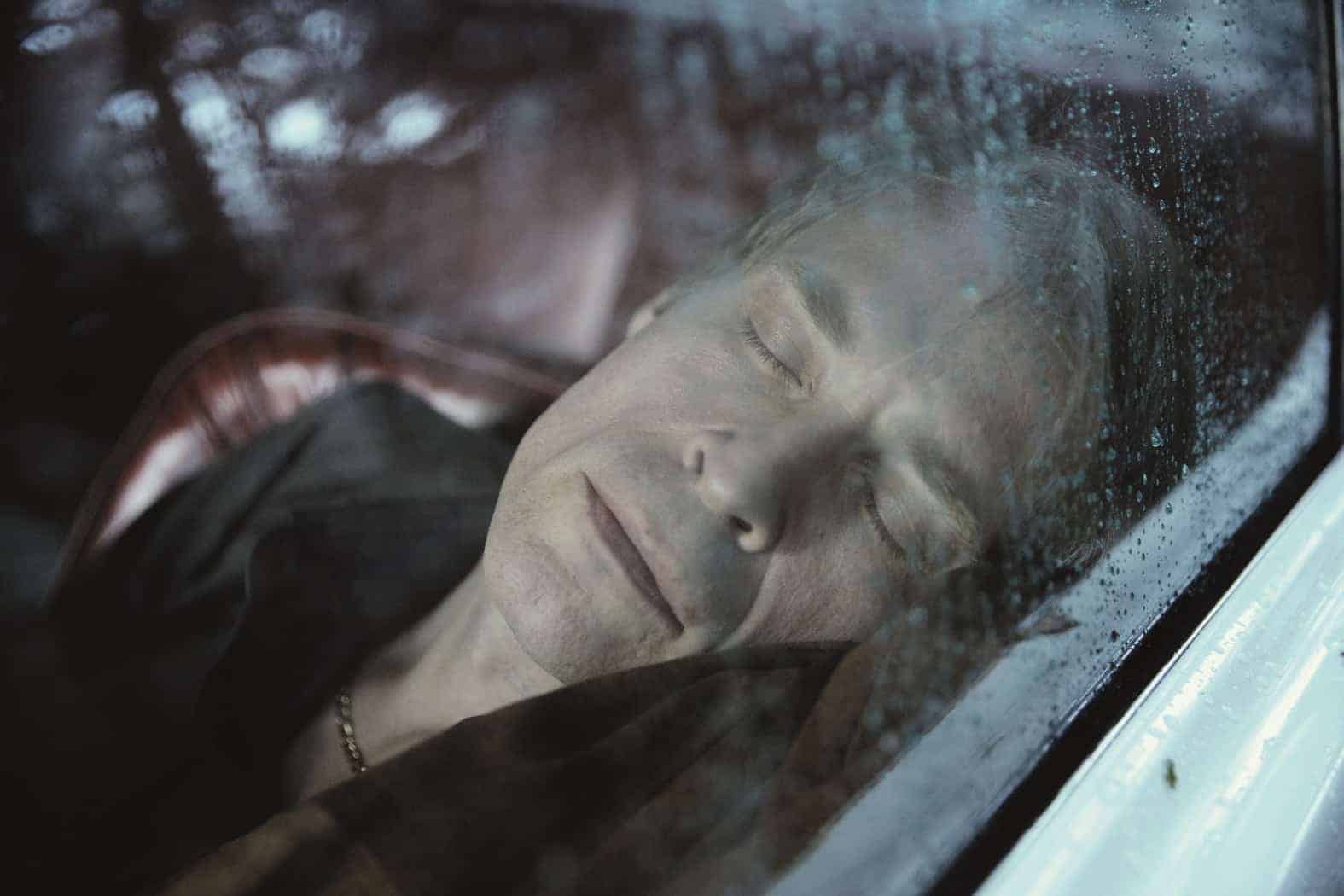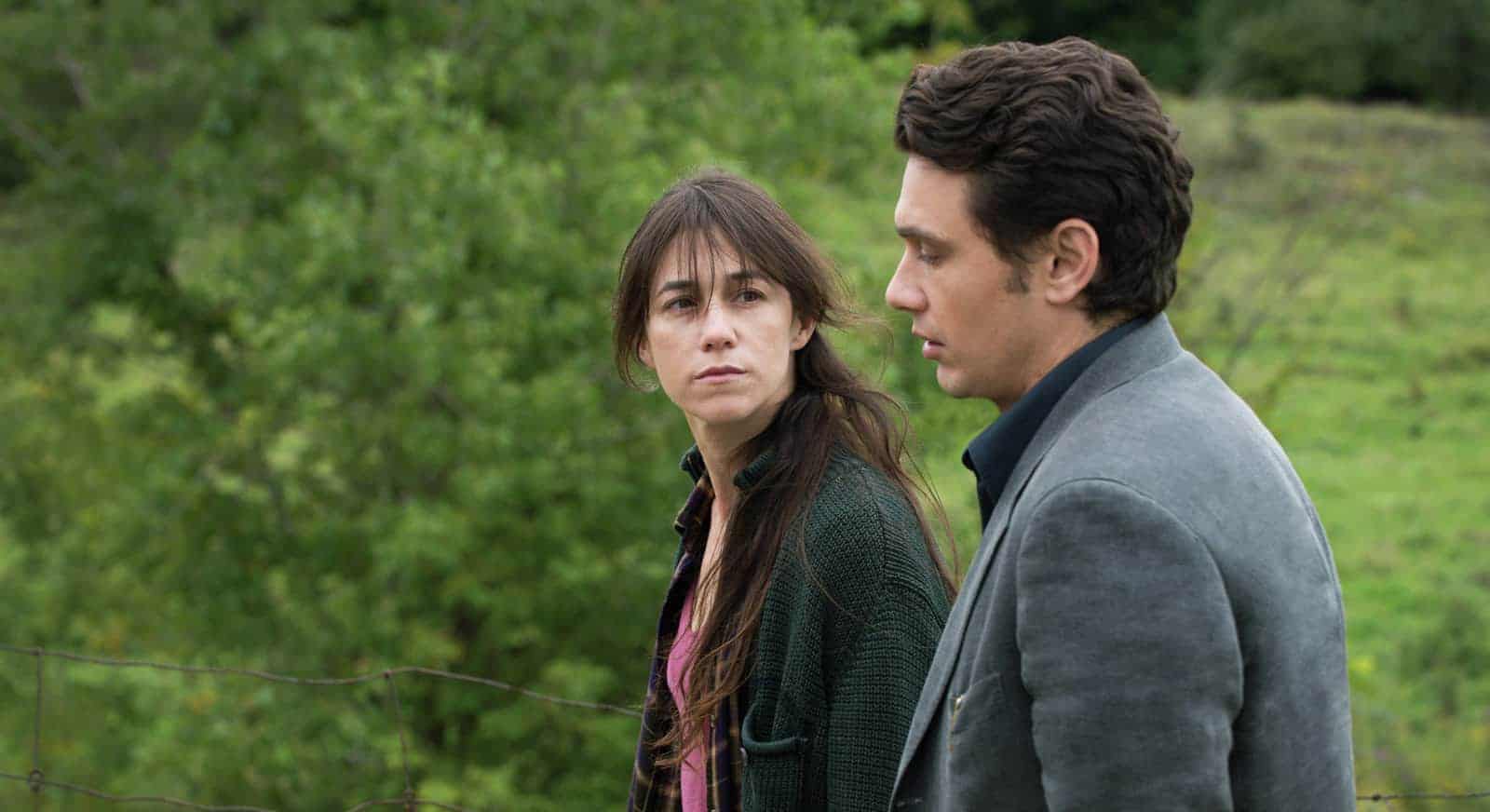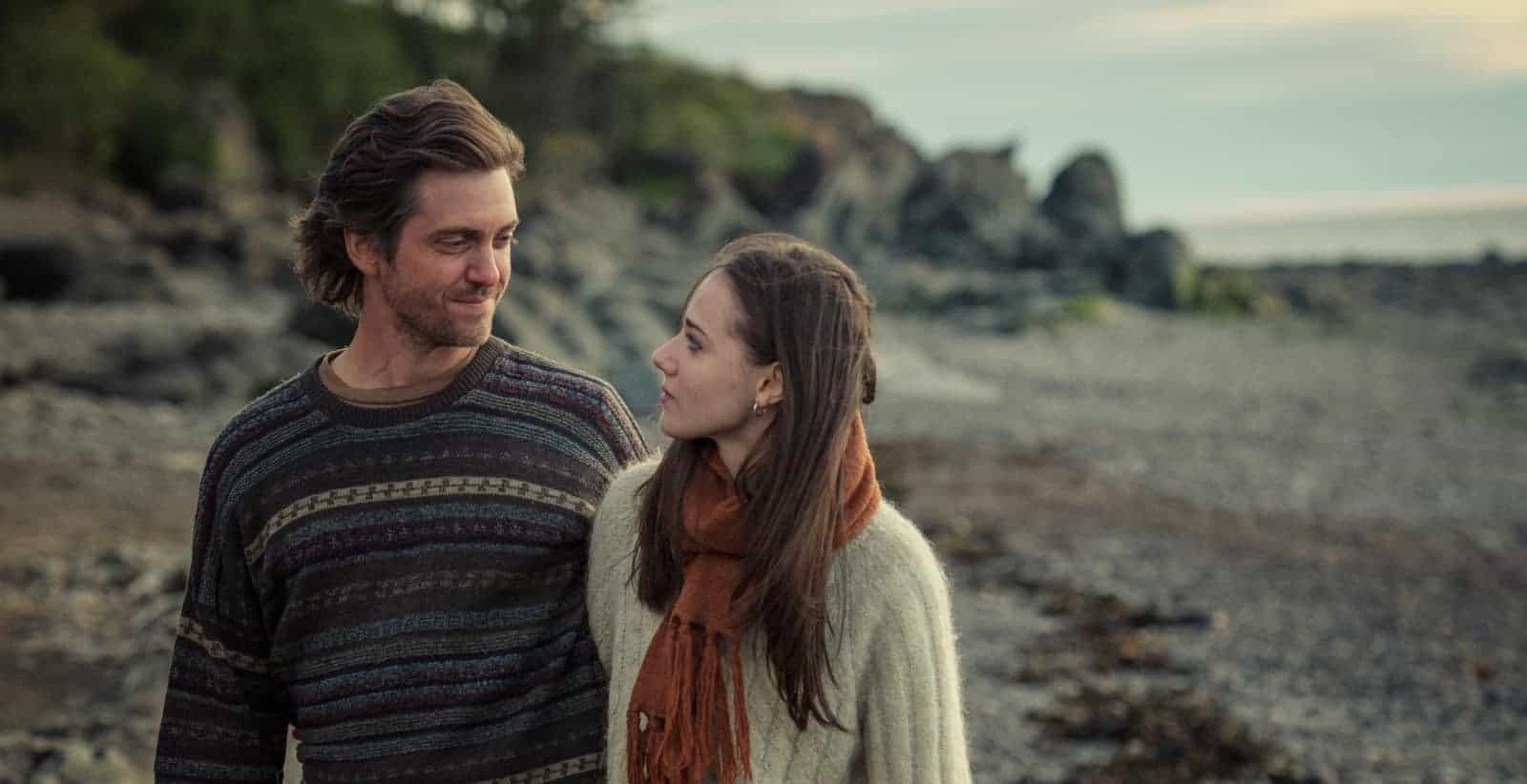As we head into the final weekend of TIFF, we at Seventh Row suggest that you take a Weekend with Women: spend the next 3 days seeing exclusively films directed by women. If you can’t swing that, make sure you add at least some of our highly recommended films (in purple) to your viewing schedule. […]
Toronto International Film Festival
TIFF15: Legend delivers exactly what it promises ***
Legend delivers exactly what it promises: a glitzy gangster flick starring Tom Hardy opposite Tom Hardy (doppelgangland!). Director Brian Helgeland lays everything on with a trowel, but subtlety isn’t why we’re here. The flash, the violence, and Tom Hardy’s twin performances make Legend a fun ride. Tom Hardy plays both of the Kray twins, the gangster […]
TIFF15: Jack manages to be a boring serial-killer movie
It should be difficult to make Jack Unterweger’s story dull: Austrian prostitute-murderer turned prison poet, he became a literary cause-celèbre. He achieved early release from prison in 1990, only to kill himself four years later after being convicted of nine subsequent murders. Yet Elisabeth Scharang’s Jack manages to make a clock-watcher out of this dramatic material […]
TIFF15: Masterful 3D is vital to the domestic drama in Every Thing Will Be Fine
Whether it’s making you feel like you’re gazing at the Chauvet caves in Southern France in Cave of Forgotten Dreams or making you aware of how small a boy is in a big, scary, Dickensian adult world in Hugo, 3D can be an essential tool for storytelling. Ever since Wim Wenders started using the technology, to […]
TIFF15: Sherpa is an inside look at the Nepalese people who make climbing Everest possible
With Sherpa, Australian filmmaker Jennifer Peedom revisits the story of Everest, but in present day and from the Sherpas’ perspective instead of that of the Westerners who hope to conquer it.
TIFF15: Our Loved Ones depicts cycles of family grief
Our Loved Ones wrestles with the path to adulthood, memory, and family obligation.
